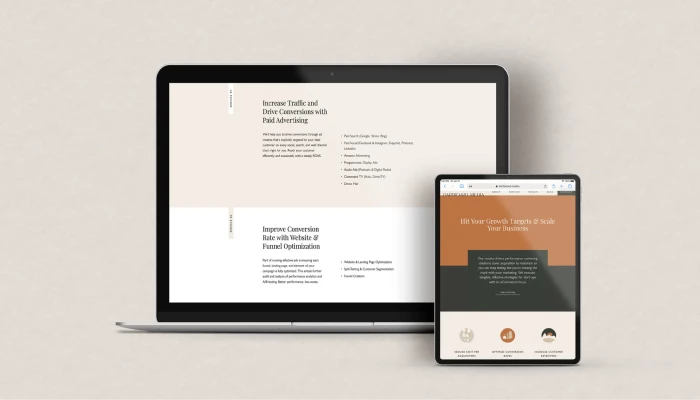In the rapidly evolving landscape of technology, artificial intelligence (AI) is not only reshaping industries but also making profound inroads into the realm of art and creativity.
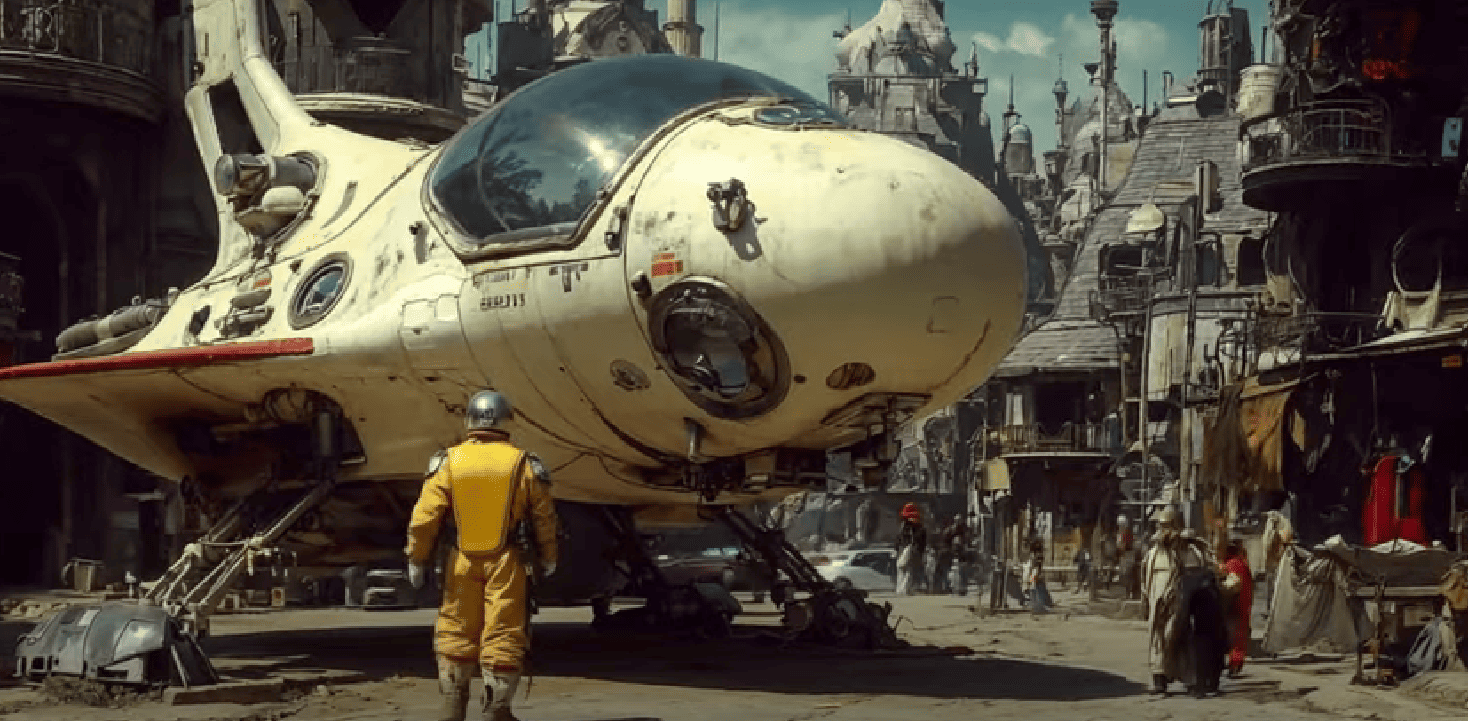 As AI systems become more sophisticated, they are poised to dominate creative fields, potentially leading to a monopolization of our emotional responses to art.
As AI systems become more sophisticated, they are poised to dominate creative fields, potentially leading to a monopolization of our emotional responses to art.
This article delves into the implications of such a future where AI not only influences but controls our emotional interactions with creative works.
The Dopamine Connection
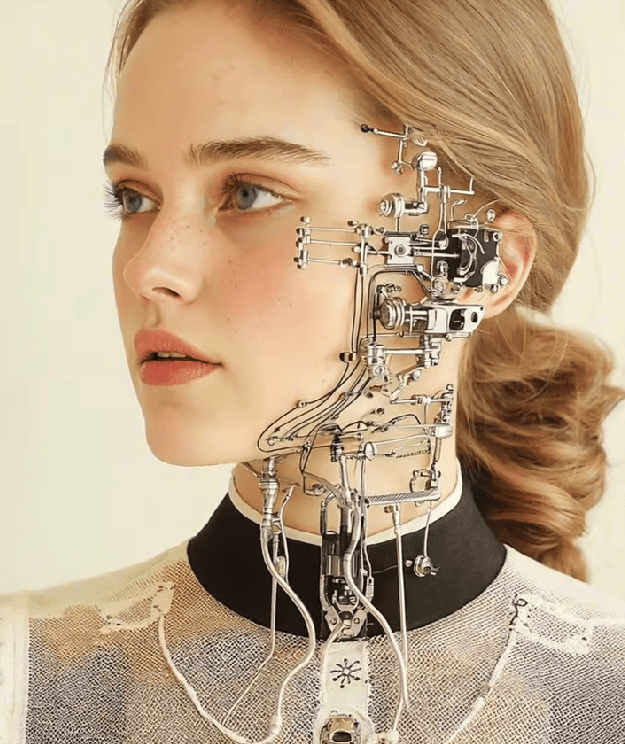 Dopamine plays a critical role in how we experience pleasure, motivation, and reward.
Dopamine plays a critical role in how we experience pleasure, motivation, and reward.
Art, in its myriad forms, has historically been a significant source of this neurotransmitter.
Whether it's the thrill of a live concert, the serene beauty of a landscape painting, or the complex narrative of a novel, art has the power to elevate mood and evoke strong emotional responses.
The Rise of AI in Creativity
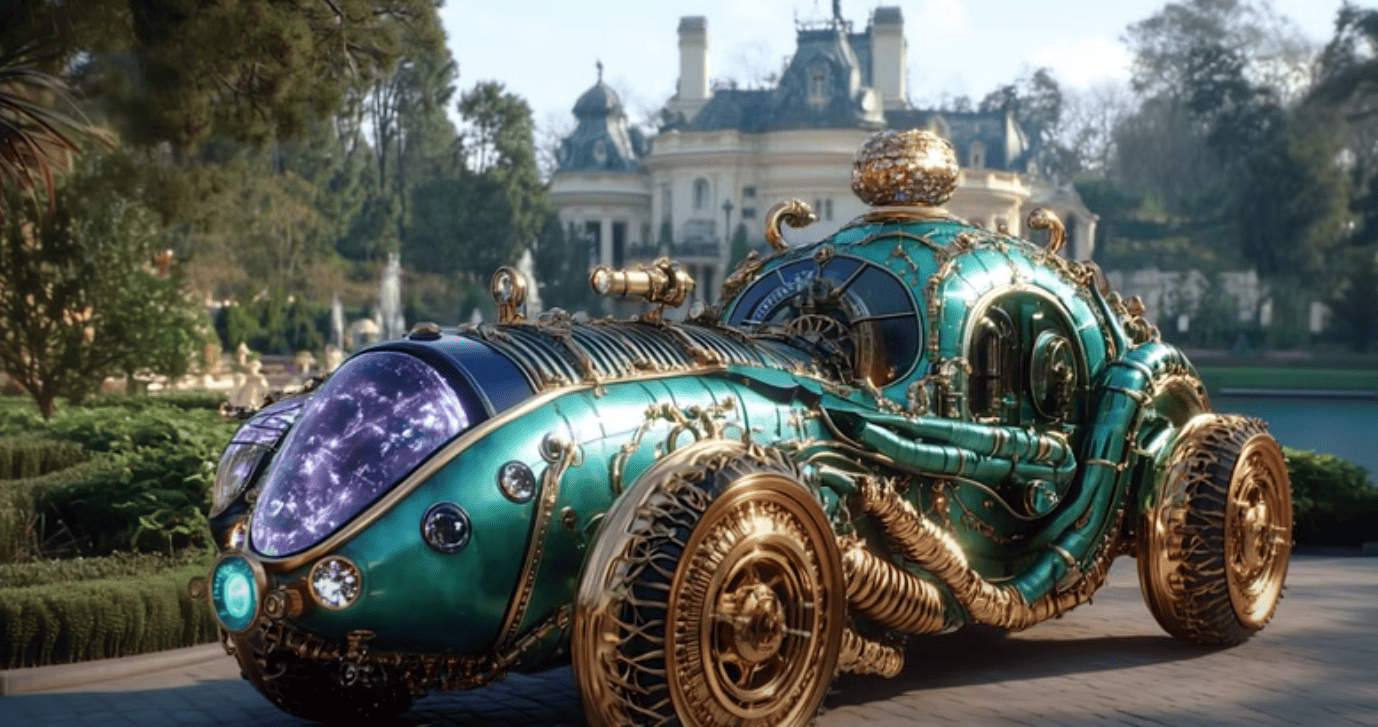 AI has already begun to leave its mark in various creative disciplines:
AI has already begun to leave its mark in various creative disciplines:
- Visual Arts: AI algorithms can generate paintings, sculptures, and digital art that mimic human styles or create entirely new genres. Tools like DeepArt and Artbreeder allow users to create art based on pre-existing styles or concepts.
- Music: AI composers, like those developed by companies such as Amper Music or Jukedeck, can produce original music tracks that are indistinguishable from human-composed pieces, tailored to specific moods or themes.
- Literature: From poetry to novels, AI can generate text that captures narrative styles, with systems like Narrative Science or the more recent advancements in language models like those from OpenAI.
Also read:
- Humanity's Last Test
- Critics Praise ‘Mission: Impossible’ Finale: Tom Cruise’s Death-Defying Stunts Steal the Show
- YouTube’s New Podcast Chart: Video Rules, but Audio Still Thrives
Emotional Monopolization
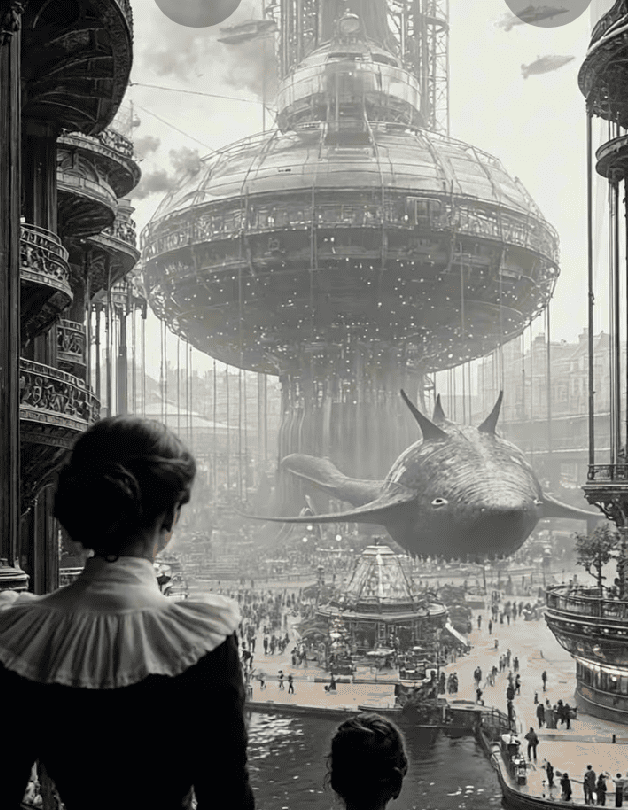 The concept of AI monopolizing emotional responses is grounded in its capacity to:
The concept of AI monopolizing emotional responses is grounded in its capacity to:
- Analyze and Predict: AI can analyze vast amounts of data on human reactions to art, learning what triggers joy, sadness, awe, or nostalgia. By understanding these patterns, AI can create content specifically designed to elicit these responses.
- Customization: With AI's ability to personalize content based on an individual's past reactions or preferences, each piece of art can be fine-tuned to guarantee a specific emotional outcome, potentially stripping away the unpredictability and surprise that human art often brings.
- Mass Production: AI can produce art at a scale and speed unattainable by humans, leading to an overwhelming amount of content that could saturate markets and minds, making it harder for human artists to stand out.
Psychological and Cultural Impacts
- Emotional Overload: If AI perfectly tailors art to evoke specific emotions, there could be an emotional overload, where individuals become desensitized or overly dependent on AI for emotional stimulation.
- Loss of Human Touch: Art from human experiences carries a unique authenticity and depth. The dominance of AI might lead to a culture where the raw, personal connection to art is diminished, affecting our capacity for empathy and shared human experiences.
- Cultural Homogeneity: As AI learns from existing art, there's a risk it might reproduce and amplify current cultural biases or trends, leading to a less diverse cultural output.
Ethical and Creative Concerns
- Control and Authenticity: Who or what controls the AI that produces our art? The democratization of art creation could turn into a new form of control where only those with access to advanced AI have the "right" to influence culture.
- Innovation vs. Imitation: While AI can innovate, there's a danger it might mostly imitate, recycling existing art forms without the human capacity for truly novel ideas stemming from personal experiences.
- Mental Health: If art becomes too predictable or optimized for emotional response, it might not serve its traditional role in helping individuals process complex or negative emotions, which could have implications for mental health.
 There's an ethical question about whether it's right for AI to manipulate emotions so precisely, especially if used in advertising, propaganda, or other forms of influence.
There's an ethical question about whether it's right for AI to manipulate emotions so precisely, especially if used in advertising, propaganda, or other forms of influence.
While the idea that future generations might only receive artistic dopamine from AI artworks is speculative, it opens up a dialogue about the role of technology in human creativity and emotion.
Conclusion
The potential for AI to dominate creativity and monopolize emotional responses to art poses both an opportunity and a challenge. On one hand, AI can expand the horizons of what art can be, offering personalized, profound experiences.
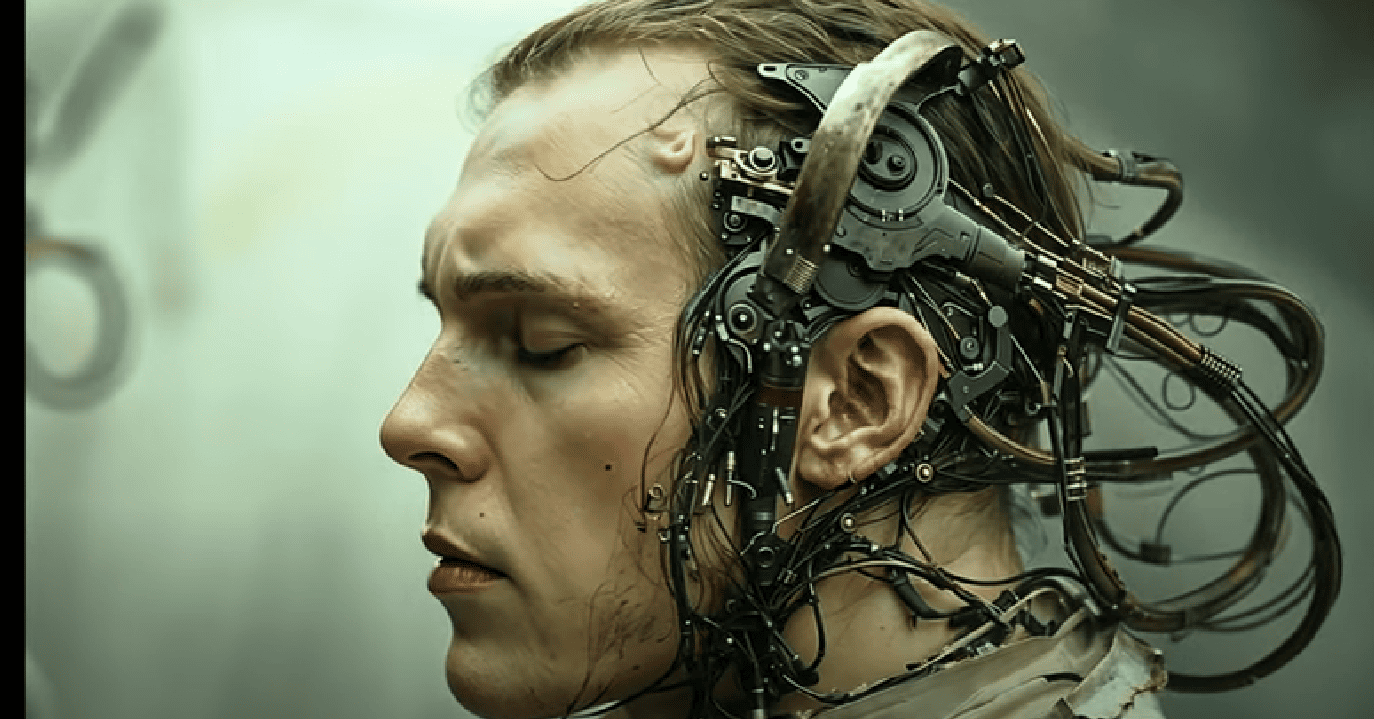 On the other, it risks stripping art of its human essence, leading to a less vibrant, less surprising cultural landscape.
On the other, it risks stripping art of its human essence, leading to a less vibrant, less surprising cultural landscape.
As we move forward, it's crucial to foster environments where human creativity can coexist with AI, ensuring that art remains a reflection of the human condition, filled with surprises, depth, and authenticity.
Balancing this will require thoughtful policy, ethical considerations, and an ongoing dialogue about what we value in art and emotion.


